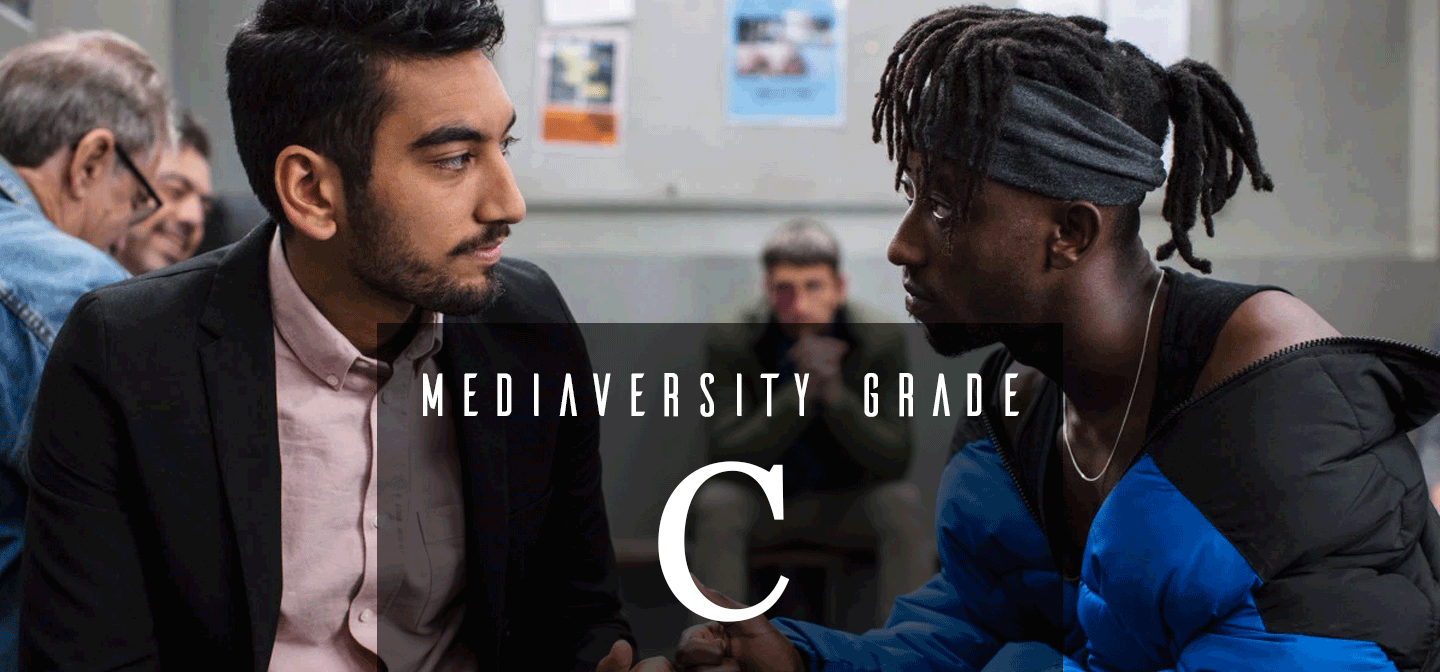To the Ends of the Earth
“Many films set abroad borrow ‘exotic’ backdrops and locals to make their lead characters more interesting. To the Ends of the Earth avoids all that.”
Title: To the Ends of the Earth (2019) / Japanese: 旅のおわり世界のはじまり
Director: Kiyoshi Kurosawa 👨🏻🇯🇵
Writer: Kiyoshi Kurosawa 👨🏻🇯🇵
Reviewed by Li 👩🏻🇺🇸
Technical: 4/5
Kiyoshi Kurosawa’s drama To the Ends of the Earth can be summed up with the wise words of Temur (Adiz Rajabov): “If we don't talk to each other, we can't get to know each other.”
This advice from a local Uzbek translator, however, means nothing yet to Japanese reporter Yoko Fujita (Atsuko Maeda), who finds herself homesick while filming a segment on Uzbekistan for Japanese would-be tourists. She traverses the majority of the 2-hour movie with a frown on her delicate features and steadfastly avoids eye contact with local Uzbeks—literally fleeing past groups of young men and peddlers at the bazaar out of anxiety and fear. Her sour expression only washes away when the camera turns on, replaced with a toothy grin and a level of cheer that borders on delirium. Yoko and her small film crew must, after all, deliver an entertaining fluff piece that will please their viewership.
This artificiality comprises scene after scene, as Yoko and crew attempt to capture Instagrammable moments while handily passing over more sincere attempts at connection by locals. “Our viewers won’t like that,” director Yoshioka (Shôta Sometani) says, when broached with suggestions he feels won’t make for good TV.
This study in contrasts, from sober reality to edited interpretations of “reality,” provides the film with a gentle undercurrent of humor. Yoko throws up after a nauseating turn on an amusement park ride, only to get back into the seat and laughingly deliver her lines, as if never having had to empty her stomach. They’ll just edit that out in post-production. In another scene, Yoko crunches on undercooked rice and feigns pure delight at having tasted a local Uzbek dish...but takes an antacid after the camera stops rolling.
While the number of examples showcasing the same idea could definitely have been culled to just a few selects, the unadorned, sunbaked terrain of Uzbekistan—through ancient Samarkand, Lake Aydar, the bustling capital of Tashkent, and snow-capped mountains of Zaamin—will stay your interest.
Gender: 4/5
Does it pass the Bechdel Test? YES
Even though Kurosawa’s film follows a female reporter and invests its emotional energies into her development, Yoko still finds herself surrounded by men. In fact, she only exchanges words with another woman twice, and through the veil of a language barrier to boot.
Not only does the film feature significantly more Uzbek men than women in minor roles, Yoko’s relationships are also tied to men. Her film crew includes three male colleagues plus Temur, who serves as the moral compass of the film with all his kindhearted placidity. In Yoko’s most fraught scene, she worries that her boyfriend, Ryota, has been caught up in a nuclear plant explosion back in Tokyo Bay where he works as a firefighter. He never appears onscreen, but Ryota’s presence is felt through text messages (and through Yoko’s willingness to talk about him.) Yet she never remarks on any women in her life, whether they be her mother, any sisters, or female friends.
The closest we come occurs when Temur asks if she has any family back in Tokyo. Yoko simply remarks, “We don’t talk much.” More than her standard romance with Ryota, I was intrigued by the story there. Why the familial estrangement? And how does that contribute to the palpable loneliness of Yoko’s character? These threads remain untouched.
Meanwhile, some stray commentary on patriarchy can be gleaned by unflinching portrayals of Uzbek men. When Yoko and her crew struggle to catch any fish in Lake Aydar, the local fisherman blames it on the fact that a woman is on the water and refuses to let them back the next day. Moreover, Yoko’s mere existence as an East Asian woman attracts unwanted attention by the Turkic population at every turn. She can’t walk down the street without men (and women, but mostly men) staring at her. This sense of being singled out—with an implicit threat to one’s safety—feels unshakably familiar to most women.
Behind the scenes, women do find important roles. Producer Eiko Mizuno-Gray (alongside Jason Gray) first pitched To the Ends of the Earth to Kurosawa, whose work normally veers more towards horror and suspense rather than drama. In addition, Kurosawa brought onboard his longtime cinematographer, Akiko Ashizawa, whose long career was recognized last year with a prestigious Medal of Honor by the Japanese government.
Race: 5/5
While plenty of movies have been set abroad, including classics like Casablanca (1942) or Roman Holiday (1953), many borrow “exotic” backdrops to make their lead characters more interesting and often caricature locals as an unfortunate byproduct. Even modern works like Sofia Coppola’s Lost in Translation (2003) can fall into this trap, as the film stereotypes Japanese people and turns their accented English into punchlines.
Thankfully, To the Ends of the Earth avoids all that. Uzbek characters may not have backstories or key roles, but their perspectives are always respected. Their spoken language never gets deployed for laughs, as we see as recently as Wes Anderson’s Isle of Dogs (2018). Above all, the lesson Yoko must learn is fundamentally inclusive: Fulfillment can only be found in connecting with others. Especially when those others may seem strange or intimidating at first.
Mediaversity Grade: B+ 4.33/5
Kurosawa’s survey of Japanese and Uzbek relations should satisfy viewers looking for authenticity in their stories of cultural reconciliation.




